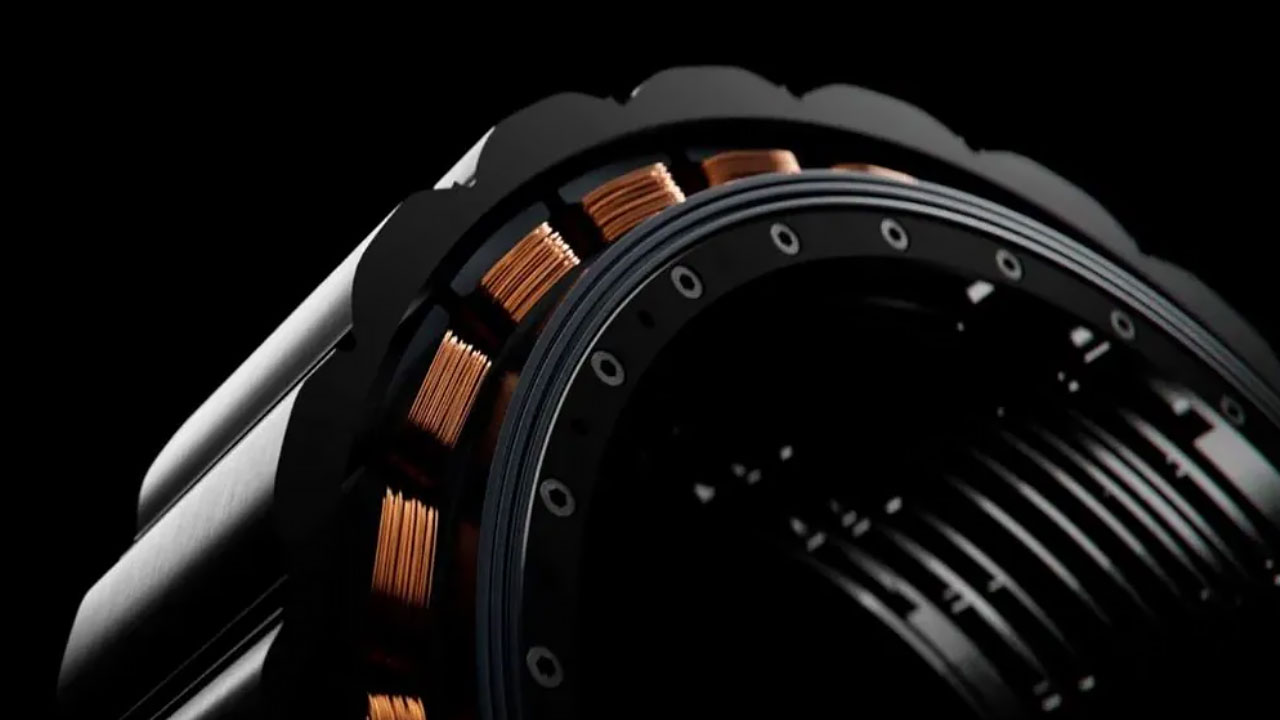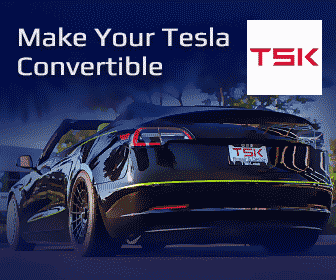Verge Motorcycles Launches Verge Next to Share EV Tech With Industry
Share this article in Social Media:

Verge Motorcycles is launching Verge Next, a B2B platform to license its hubless Donut engine and modular EV components to other manufacturers. This move promotes innovation, lowers development costs, and could expand electric mobility globally.
In an industry where manufacturers guard their tech like it’s nuclear launch codes, Verge Motorcycles is tossing the rulebook out the window. The Finnish startup behind some of the boldest electric bikes around is now flipping the switch on exclusivity—and opening its tech to the entire two-wheeled world.
Welcome to Verge Next, a new B2B division aimed at sharing Verge’s high-performance electric motorcycle components with other manufacturers. From scooters to e-bikes, the mission is clear: build a cleaner, faster, more collaborative EV future, one licensed Donut engine at a time.
The Donut Engine: A Hubless Motor That’s Anything But Hollow
The core of Verge’s offering is the wild-looking, hubless Donut engine. This rear-wheel-integrated motor isn’t just an eye-catcher—it cuts weight, boosts efficiency, and smooths out performance thanks to its unique architecture. Developed in partnership with Donut Lab, it’s a ring-shaped revolution in EV propulsion.
And now, it’s for sale—sort of. Verge Next lets other companies license this hardware, along with modular components, to power a new generation of two-wheeled EVs. Think Lego kits for e-mobility: customizable, flexible, and primed for scaling innovation across vehicle classes.

Why Verge Is Opening Up: Driving EV Innovation, Together
While most EV brands are still trying to out-silicon each other behind closed doors, Verge is betting on openness. By offering its tech to competitors, the company hopes to drive down R&D costs, shrink development timelines, and help bring affordable electric mobility to more markets—especially in price-sensitive and emerging regions.
“It’s not about selling parts,” says Verge CEO Tuomo Lehtimäki. “It’s about building an ecosystem.” With dozens of manufacturers already knocking, Verge Next is shaping up to be more than just a tech catalog—it’s a rally cry for industry-wide collaboration.
Modular, Scalable, and Built for the Future
One of Verge Next’s strongest selling points is its modular platform. Want to build an e-bike, scooter, or full-on electric motorcycle? The Donut engine and other components come in various sizes and configurations. Manufacturers can mix and match based on power needs, size constraints, and cost targets.
It’s a plug-and-play approach that slashes prototyping time and brings flexibility without sacrificing performance. Combined with software integration and battery-saving features, the system is designed to extend vehicle lifespan—key to building sustainable and affordable EV fleets.
Building a Shared EV Ecosystem
By licensing its IP, Verge aims to lay the groundwork for a global network of EVs that share more than just electrons. Imagine shared scooter systems in Southeast Asia, rural cargo bikes in Africa, and modular e-mopeds across Europe—all powered by the same under-the-hood DNA.
The long game? A 2045 future where Verge-powered vehicles blend seamlessly into smart cities and underserved rural areas alike. It’s the kind of scalable solution that addresses both environmental concerns and accessibility gaps in transport infrastructure.
A Shift in Mindset: Openness Over Exclusivity
Let’s be real—this kind of open-platform strategy is rare in the auto world, let alone among motorcycle brands. Verge is turning heads not just because of the Donut engine’s design, but because it’s challenging the status quo. In a space where everyone’s been building walls, they’re setting up bridges.
If Verge Next catches on, the ripple effect could reshape how electric mobility grows worldwide. And in a time when every innovation feels locked behind a paywall, a company willing to share might just be the jolt the EV world needs.










